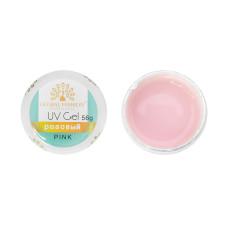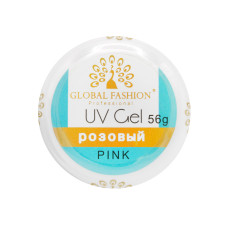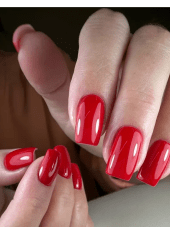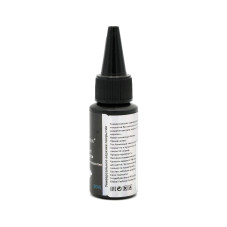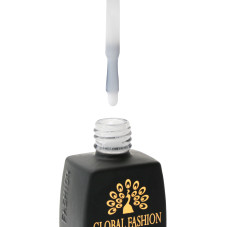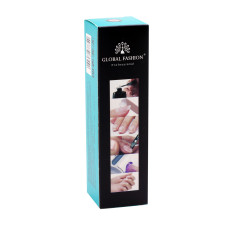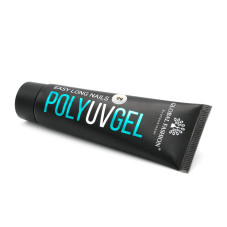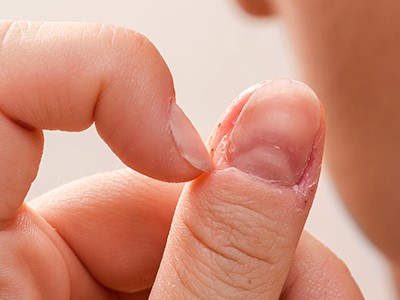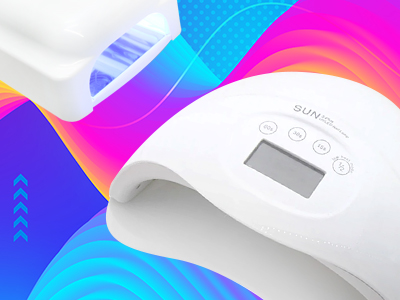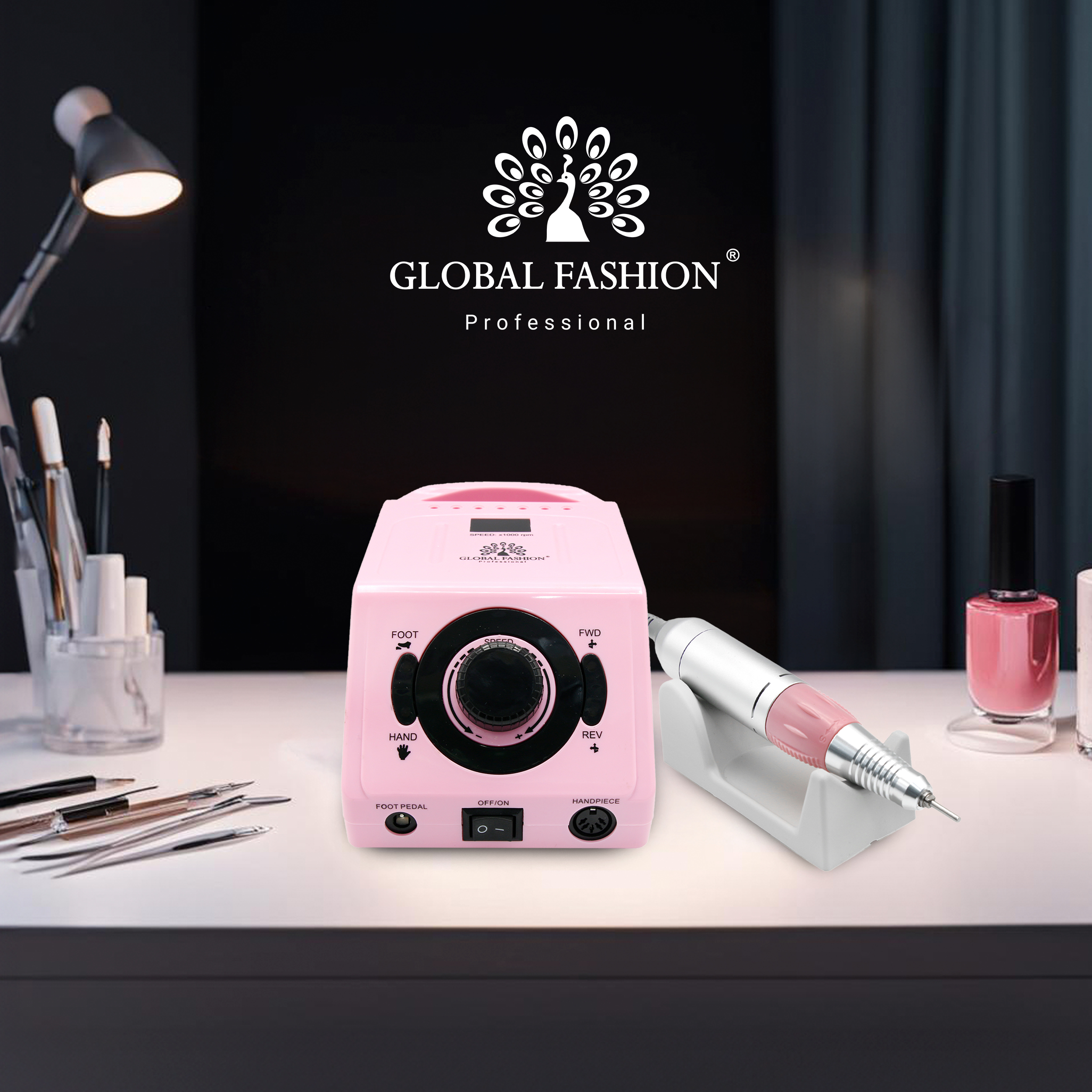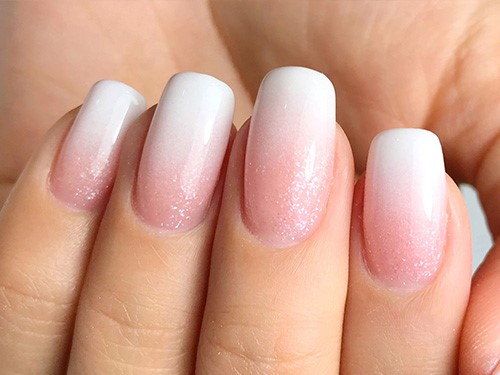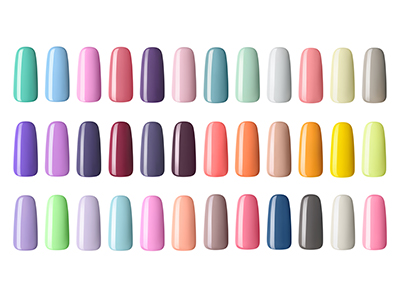Acrylic, gel, gel-lacquer: advantages, disadvantages and which to choose
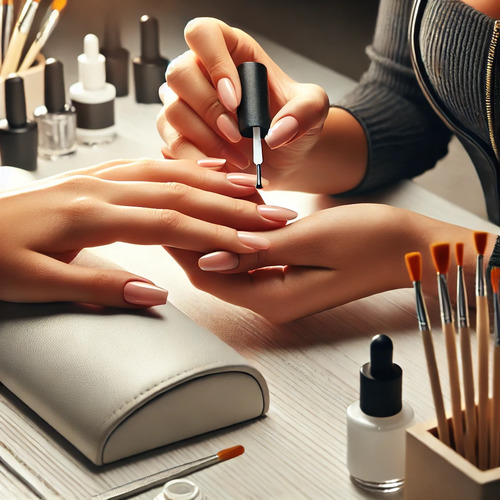
Manicures have long been an essential part of self-care for many women (and men) around the world. Modern technology in the nail industry allows for incredible designs and long-lasting coverage, but choosing the right method can be a daunting task. In this article, we'll take an in-depth look at three popular types of nail extensions: gel nails, acrylic nails, and gel polish, as well as their pros and cons.
Gel nail extensions
Gel extensions are a special coating that hardens under the influence of ultraviolet or LED lamp. This method allows you to create both natural and more artificial looking nails, depending on your preferences.
Advantages of gel nails:
1. Natural look. Gel nails often look more natural and smooth compared to acrylic nails. Their transparency allows you to create a manicure that visually differs little from natural nails.
2. Flexibility and lightness. Gel coatings are more flexible, making them less prone to chipping and cracking. Their lightness makes them comfortable to wear even for extended periods of time.
3. Durability. With proper application and care, gel nails can last up to 3-4 weeks without significant changes.
4. Variety of designs. Gel nails allow you to create complex designs and use a variety of techniques, including ombré, rub-on and 3D designs.
Disadvantages of gel nails:
1. Removal process. Removing gel nails requires soaking in acetone, which can weaken natural nails.
2. The need for a UV/LED lamp. A special lamp is required to harden the gel, making the procedure less mobile and more time-consuming.
3. Cost. Gel nails can be more expensive compared to other manicure methods, especially when using complex designs.
Acrylic build-up
Acrylic extensions are created by mixing powder and liquid monomer, which harden at room temperature. This method allows you to extend your nails and give them the desired shape.
The advantages of acrylic nail extensions are:
1. Strength and durability. Acrylic nails are considered one of the strongest and most durable, making them ideal for those who lead an active lifestyle.
2. Correction capability. It is easy to correct cracks or chips with an acrylic compound, which extends the life of the manicure.
3. Versatility. Allow you to create any design and length, suitable for both classic and more creative manicure.
4. No need for a lamp. They harden without the use of lamps, which makes the application process easier.
Disadvantages of acrylic nails:
1. Toxicity. Acrylic nails are created using a liquid with a pungent odour and possible toxic fumes, which can be unpleasant and unhealthy if used frequently.
2. Natural look. In some cases, acrylic nails can look less natural compared to gel nails.
3. Deterioration of natural nails. Constant use of acrylics can weaken and thin natural nails.
4. Difficulty of removal. The process of acrylic removal takes time and can be traumatic for natural nails.
Gel lacquer
Gel-lacquer is a hybrid of nail varnish and gel, which is applied like regular nail varnish and hardens under a UV or LED lamp. It is worth noting that gel-lacquer is not a type of nail extension, but a method of decorative coating. It can be used both on natural nails and on those already covered with gel or acrylic.
Advantages of gel varnish:
1. Quick and easy application. The application and drying process takes less time compared to gel and acrylic nails.
2. Durability. Gel-lacquer lasts on average 2-3 weeks without chipping and cracking, keeping brightness and shine.
3. Natural look. Gel-lacquer gives your nails a natural look and can be used for both classic manicure and bright designs.
4. Nail Strengthening. Applying gel polish can strengthen weak and brittle nails, preventing them from damage.
Disadvantages of gel polish:
1. Difficulty of removal. Removing gel polish requires soaking in acetone, which can affect nail health, or using a special manicure machine.
2. The need for a lamp. Like gel nails, gel polish requires a UV or LED lamp to dry.
3. Cost. The cost of a manicure using gel polish can be higher than regular polish.
4. Nail condition. On damaged or thin nails gel-lacquer can hold worse and break off faster.
324 bought
ID: 12040
212 с
-5%
149 bought
ID: 2587
89,27 с
-44%
How to choose the right method?
The choice between gel, acrylic and gel polish nails depends on your personal preferences, lifestyle and the condition of your natural nails.
- Acrylic extensions are ideal for those who have healthy and strong nails, and do not suffer from skin or other conditions. This method is also great for those who want to strengthen their nail plate and improve its appearance.
- Gel extensions are suitable for all types of nails, from healthy to brittle nails. Gel can be used on any size of nails, and they will grow faster and become stronger underneath. It is especially useful if you are happy with the current shape of your nails, as the gel covers them with a special material, giving extra strength and protection.
- Gel polish is not a nail extension method, but a way of decorating your nails. It can be used both on natural nails and on those that have been built up with gel or acrylic.
Each type of nail extension has its own unique advantages and disadvantages. It is important to assess your needs and capabilities before making a decision. A consultation with an experienced manicurist will also help you find the perfect match for your style and needs. Don't forget the importance of caring for your natural nails and try to strike a balance between beauty and health.
Read also: Top 7 Tips on How to Maintain Healthy Nails with Regular Use of Gel Polish
Published: 07.08.2024 13:54
Times Read: 295
6552 bought
ID: 3678
250 с
3295 bought
ID: 3688
446 с
2271 bought
ID: 1863
312 с
1455 bought
ID: 11773
179 с
46 bought
ID: 16579
125 с
-15%
38 bought
ID: 15525
379 с
-15%
49 bought
ID: 12742
78,55 с
-20%
32 bought
ID: 16017
22,76 с
-15%
60 bought
ID: 12229
190 с
-15%
33 bought
ID: 13011
39,28 с
-20%
New cereal Yuki!
The trend, which quickly wins fans, appeared at the end of 2016. Yuuki is another type










